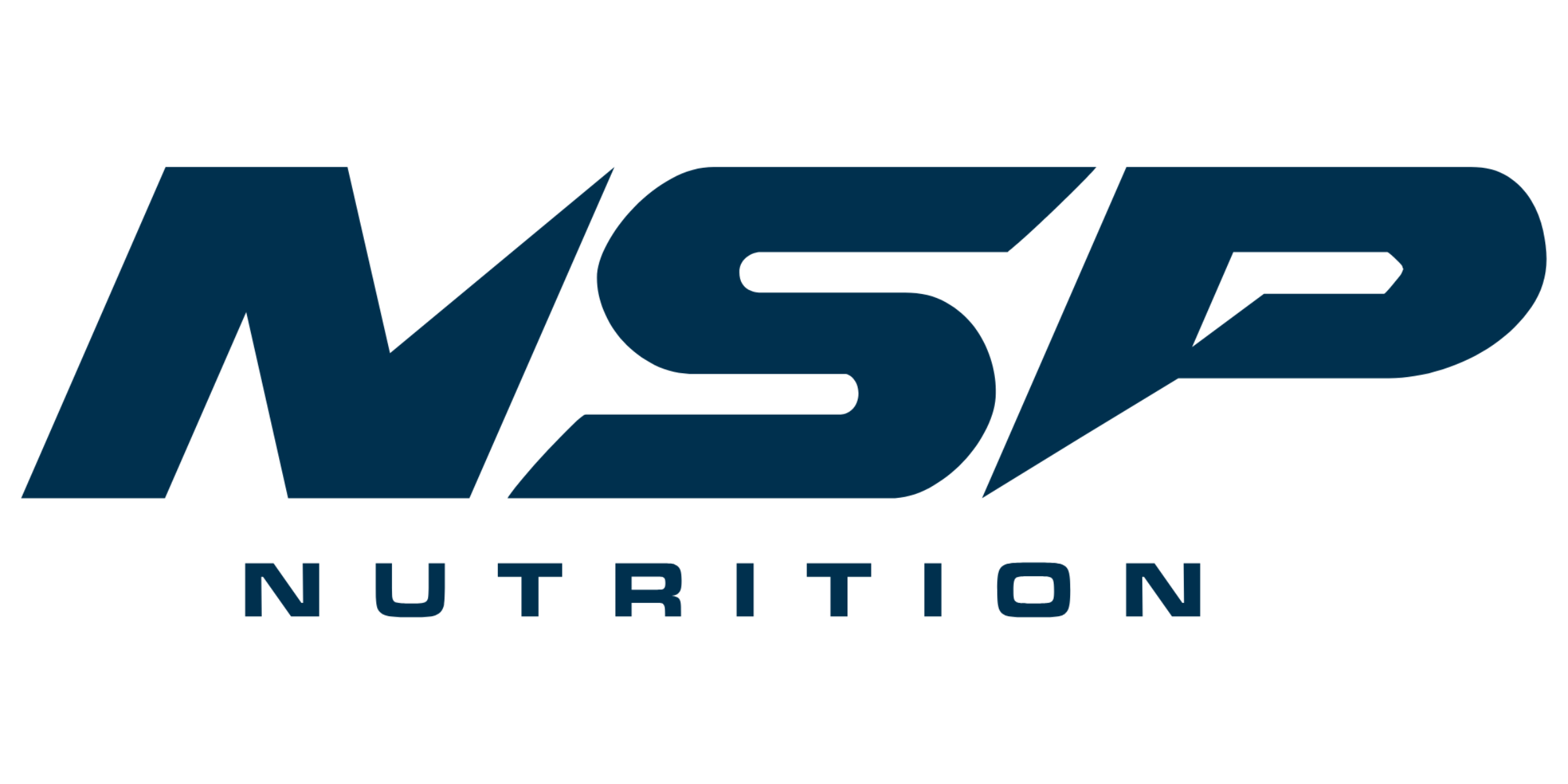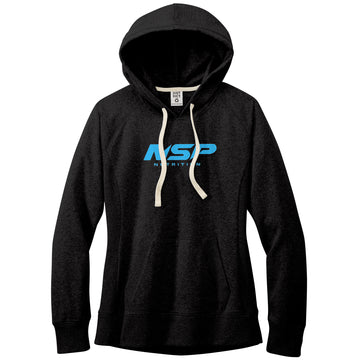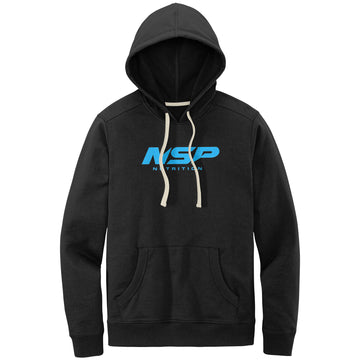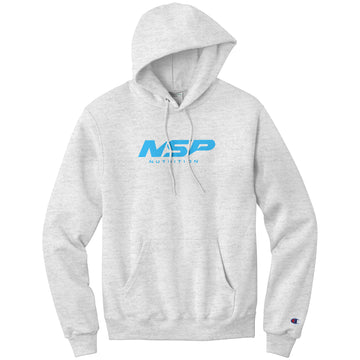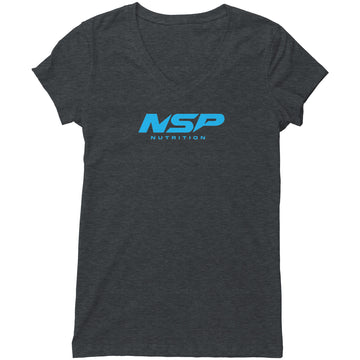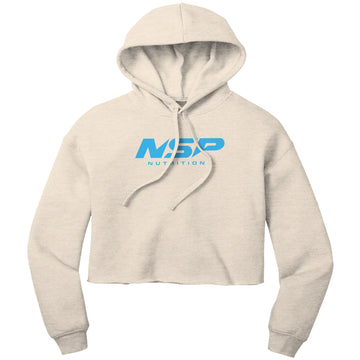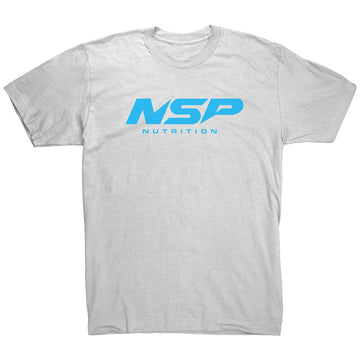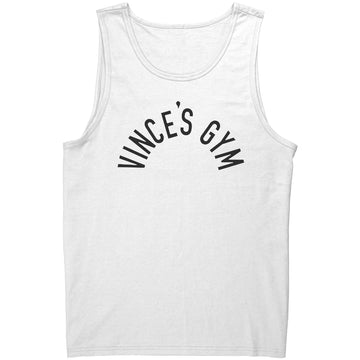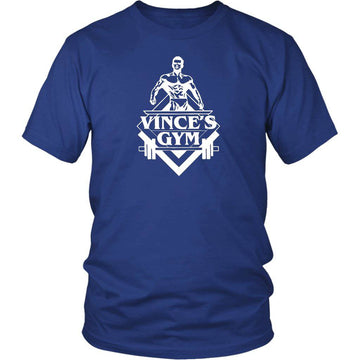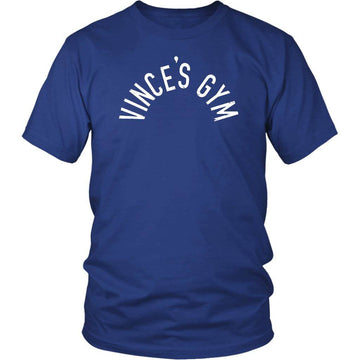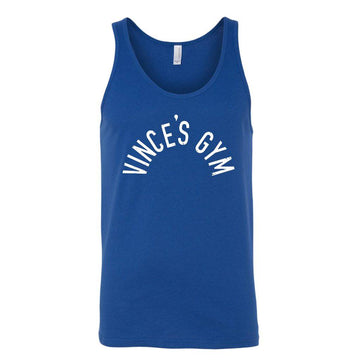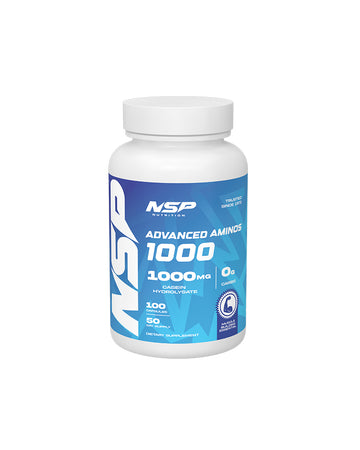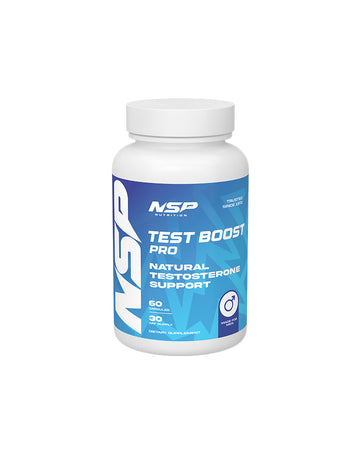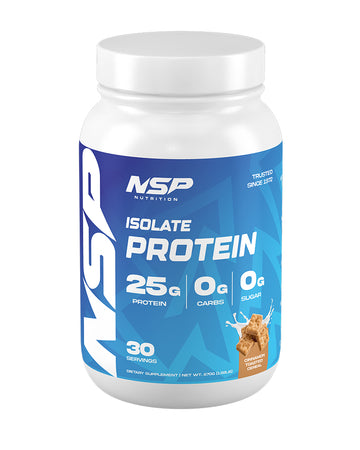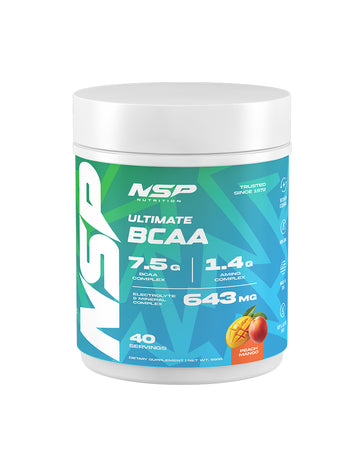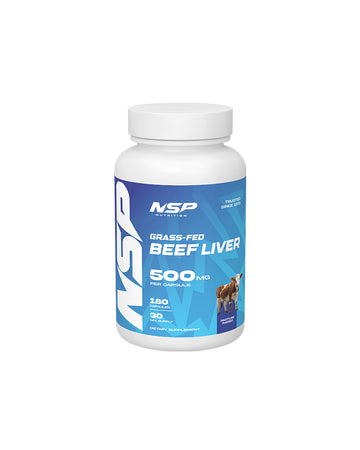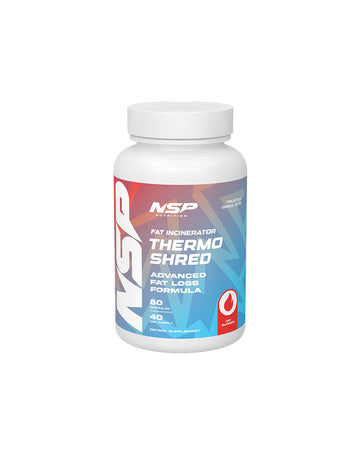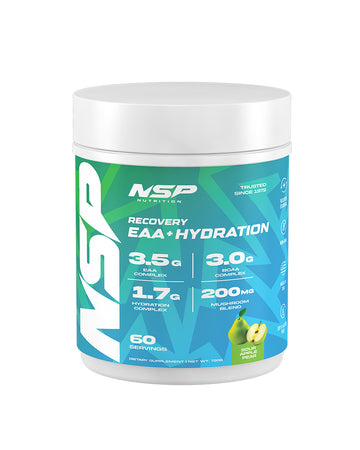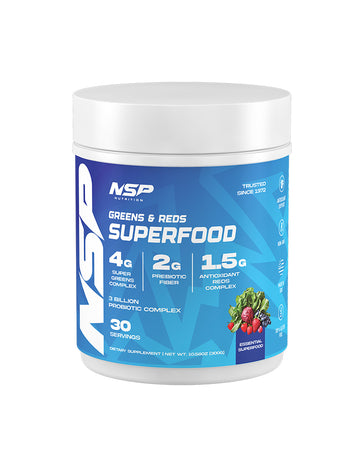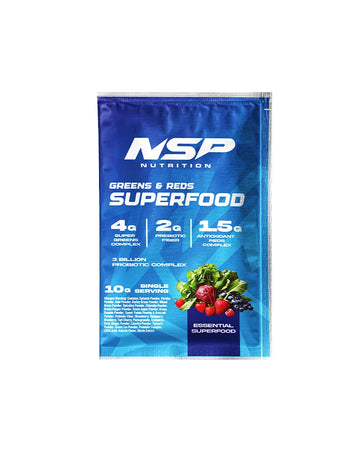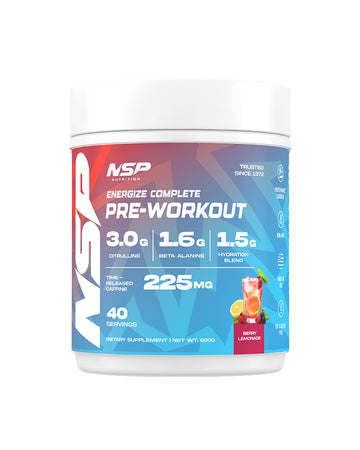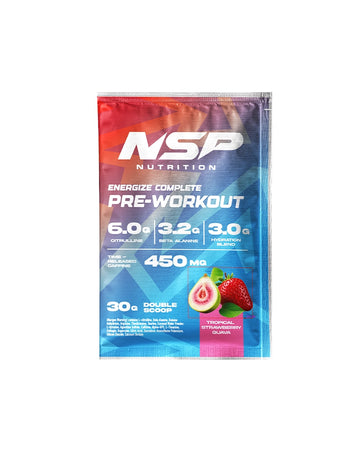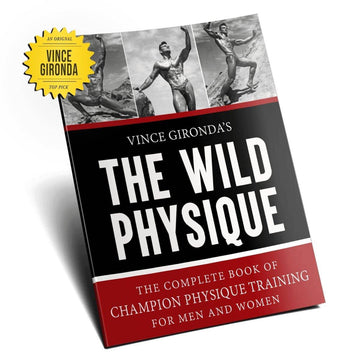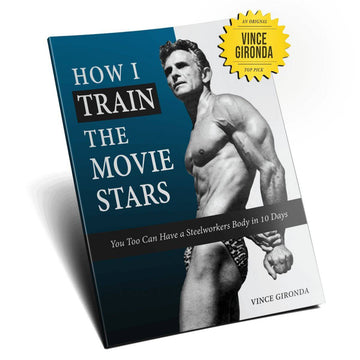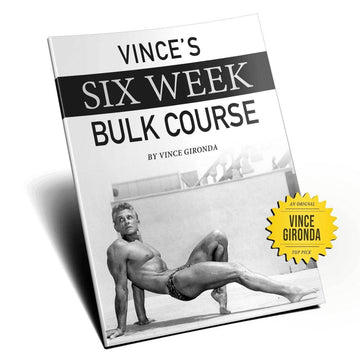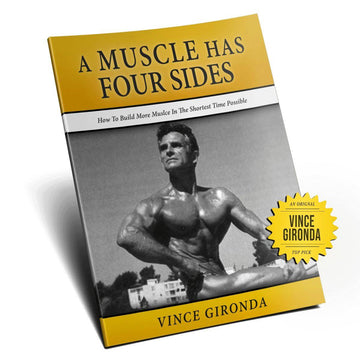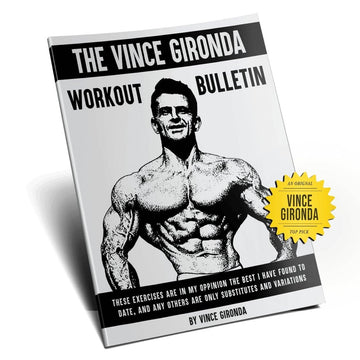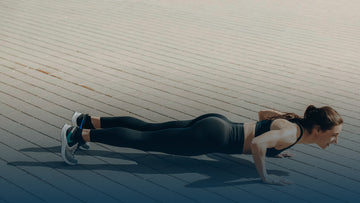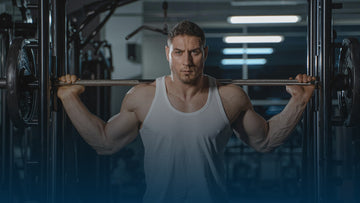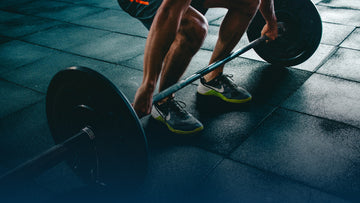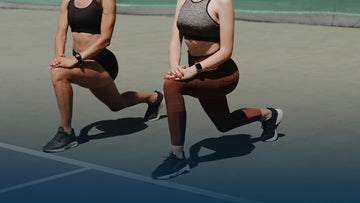Want better abs? Being in a regular training rut is hard. But working hard on your abs without anything to show for it is a different kind of pain, and that's why we're here to shake things up and introduce you to a world of innovative techniques that will challenge and transform your abs like never before.
Whether you're a beginner looking for foundational exercises or an advanced fitness enthusiast seeking fresh challenges, our guide has something for everyone. We want to revolutionize your ab workout routine and help you achieve the strong, defined core you've always desired. It's time to say goodbye to stagnant progress and hello to a world of innovation.
So, get ready to push your limits, transform your abs, and unleash your full potential. It's time to take your ab training to a whole new level. Let's get started on this incredible journey together!
Key Takeaways
- Variety is key in ab exercises to prevent boredom and continue making progress.
- Incorporate different exercises like leg raises, Russian twists, Swiss ball movements, ball slams, hanging leg exercises, and resistance band exercises.
- Barbell roll-outs, cable woodchops, medicine ball slams, suitcase deadlifts, and pallof presses are great exercises for developing functional abdominal strength.
- Bicycle crunches are an effective exercise that targets multiple core muscles, including the rectus abdominis, obliques, and transverse abdominis.
The Ultimate Guide To Better Abs: From Basic To Advanced
Developing a comprehensive abdominal training routine is crucial in achieving visible muscle definition and core strength. Incorporating a variety of challenging ab exercises such as Jackknife/V-Ups, Barbell Roll-Outs, Bicycles, Rope Cable Crunches, and Frog Kicks can help diversify the workout and maintain engagement. These exercises target the core muscles from different angles and intensities, leading to overall development and improved functionality.
Jackknife/V-Ups
One popular and challenging abdominal exercise that can help develop and strengthen the rectus abdominis muscle is the Jackknife/V-Up.The Jackknife/V-Up is a compound movement that targets multiple muscles in the core, including the upper and lower abs.
To perform this exercise, start by lying flat on your back with your arms extended overhead and your legs straight out in front of you.
As you exhale, simultaneously lift your upper body and legs off the ground, reaching for your toes with your hands.
This motion resembles folding your body in half, hence the name 'Jackknife.'
Engage your abs throughout the movement to maximize its effectiveness.
To add variation to the Jackknife/V-Up exercise, you can incorporate flutter kicks or a hollow body position.
Flutter kicks involve alternating leg movements while keeping them straight and hovering above the ground.
This adds an extra challenge to engage both lower abs and hip flexors.
Alternatively, performing a hollow body position during the Jackknife/V-Up requires maintaining a rounded spine and lifted shoulders while extending arms behind the head and lifting legs off the ground together.
This modification intensifies core engagement by creating an isometric contraction throughout multiple muscles.
Reverse crunch or leg lift combo.
Instead of reaching for your toes with extended arms as in traditional Jackknife/V-Ups, bring knees towards chest while curling hips up off floor using lower abs only then extend legs forward at 45 degrees (or any comfortable angle).
Repeat this motion for desired reps or time duration before returning to the starting position.
Transition: Now that we have explored various ways to challenge our abdominal muscles using jackknife/v-ups exercises, let's move on to another advanced ab workout called barbell roll-outs.
Note: Please note that it's always important to consult with a qualified fitness professional before attempting new or advanced exercises to ensure proper form and technique are maintained.
Barbell Roll-Outs
Barbell roll-outs, a challenging abdominal exercise, engage multiple core muscles and promote stability and strength throughout the body.
This exercise involves kneeling on the floor with your hands gripping a barbell placed in front of you.
From this position, you roll the barbell forward while maintaining a straight back until your arms are extended in front of you.
Then, you use your core muscles to pull the barbell back towards your knees.
Barbell roll-outs primarily target the rectus abdominis, which is the muscle responsible for creating that sought-after six-pack appearance.
However, this exercise also engages other core muscles such as the obliques and transverse abdominis.
The movement requires significant control and stabilization from these muscles to prevent excessive arching or rounding of the lower back.
To make barbell roll-outs more challenging, you can increase the weight on the barbell or use an unstable surface such as an exercise ball instead of a fixed barbell.
This forces your core muscles to work harder to maintain balance and stability throughout the movement.
Incorporating exercises like cable woodchops, medicine ball slams, suitcase deadlifts, pallof presses along with barbell roll-outs can provide a well-rounded ab workout that targets different areas of your core.
These exercises challenge your stability and strength from various angles and directions, helping to develop functional abdominal strength.
Now let's dive into another effective ab exercise: bicycles.
Bicycles
Cycling or bicycle crunches are a popular abdominal exercise that engages multiple core muscles and can burn an average of 200-300 calories per hour.
This exercise is named after the movement it mimics, which resembles pedaling a bicycle.
To perform this exercise, start by lying flat on your back with your hands lightly touching the sides of your head. Lift both legs off the ground and bend your knees at a 90-degree angle.
While simultaneously bringing your right knee towards your chest, twist your upper body to touch your left elbow to your right knee. Repeat this motion on the opposite side by extending your right leg and bringing your left knee towards your chest while twisting to touch your right elbow to the left knee.
Bicycle crunches effectively target the rectus abdominis muscle, also known as the 'six-pack' muscle, as well as other core muscles such as the obliques and transverse abdominis.
By engaging these muscles in a twisting motion, bicycle crunches help strengthen and tone them. Additionally, this exercise requires stabilization from other muscles such as the lower back and hip flexors.
To further challenge yourself and increase intensity, you can incorporate variations of bicycle crunches such as mountain climbers or scissor kicks.
Mountain climbers
These involve starting in a high plank position with arms extended straight beneath the shoulders. From there, you alternate bringing one knee towards the chest while keeping the other leg extended behind you in a straight line.
Scissor kicks involve lying flat on your back with legs extended straight up into the air. Slowly lower one leg towards the ground while keeping it a few inches above without touching it before alternating sides.
Transitioning from bicycles to rope cable crunches provides an opportunity for another effective abdominal exercise that targets different areas of the core muscles.
Rope Cable Crunches
Moving on from the previous subtopic of bicycles, let's delve into the realm of rope cable crunches.
Rope cable crunches are an effective abdominal exercise that target the rectus abdominis, obliques, and lower back muscles.
This exercise involves a cable machine with a rope attachment and requires you to kneel in front of it while holding onto the ropes.
By pulling the ropes downward towards your thighs while contracting your abs, you create resistance that engages your core muscles.
Rope cable crunches offer several benefits for those seeking to strengthen their abs and achieve weight loss goals.
Firstly, this exercise provides a greater range of motion compared to traditional ab exercises such as sit-ups or crunches.
The continuous tension provided by the cable machine allows for a full contraction of the abdominal muscles throughout each repetition, leading to increased muscle activation and development.
Additionally, rope cable crunches can be modified to suit different fitness levels by adjusting the weight or resistance on the cable machine.
Beginners can start with lighter weights and gradually increase as they build strength and endurance.
On the other hand, more advanced individuals can opt for heavier weights or perform variations such as kneeling on a Swiss ball or using a stability ball plank for added challenge.
Frog Kicks
Frog kicks are known for their effectiveness in developing and thickening the rectus abdominis muscle.
By incorporating frog kicks into an abdominal workout routine, individuals can work towards achieving a six-pack and improving muscle definition when combined with low body fat levels.
The Plank
Very well known; and for good reason too. The Plank exercise is a highly effective and challenging abdominal training technique that targets the rectus abdominis muscle, helping to develop core strength and stability.
In this exercise, the individual assumes a position similar to a push-up, with their forearms resting on the ground and their toes supporting their lower body weight. The goal is to maintain a straight line from the head to the heels throughout the duration of the exercise.
By engaging the core muscles, including the rectus abdominis, transverse abdominis, and obliques, individuals can improve their overall posture and reduce the risk of back pain.
One variation of the Plank exercise is called 'hollow holds'or 'body holds.'This advanced variation requires individuals to lift both their arms and legs off the ground while maintaining a strong core engagement. This enhances muscular endurance in not only the rectus abdominis but also other muscles such as hip flexors and lower back muscles.
Another challenging variation is known as 'ball plank,'where individuals place their forearms on an unstable surface like an exercise ball instead of directly on the ground. This forces additional stabilization work from deep core muscles due to increased instability.
Incorporating Planks into your abdominal training routine can help you progress towards achieving a well-defined six-pack. However, it's important to note that solely performing Planks will not magically give you visible abs. It is essential to combine regular ab exercises with proper nutrition and overall body fat reduction for optimal results.
With its versatility and effectiveness in targeting multiple muscle groups simultaneously, incorporating Planks into your workout routine can be an excellent way to challenge yourself while working towards stronger abs.
Moving forward into our discussion about 'Russian twists,' we explore another engaging ab exercise that targets different areas of your abdomen for maximum development.
Russian Twists
Russian Twists engage the abdominal muscles by incorporating a twisting motion, similar to wringing out a wet towel, which challenges core stability and enhances muscle definition.
This exercise is performed by sitting on the floor with knees bent and feet lifted off the ground, while holding a weight or medicine ball in front of the chest.
From this position, the torso is rotated from side to side, allowing the weight or medicine ball to touch the ground on each side.
The twisting motion engages the rectus abdominis, obliques, and transverse abdominis muscles.
In addition to targeting multiple abdominal muscles, Russian Twists also provide benefits for overall core strength and stability.
The twisting motion requires coordination between opposing muscle groups in order to maintain balance and control throughout the movement.
This helps improve posture and spinal alignment during daily activities and sports performance.
Moreover, Russian Twists can be modified to increase difficulty by extending the legs off the ground or adding resistance through heavier weights or medicine balls.
To further enhance abdominal strength and muscular endurance, it is recommended to incorporate other exercises that target different areas of the core.
The dead bug exercise focuses on engaging both deep stabilizing muscles like transverse abdominis as well as larger superficial muscles such as rectus abdominis.
To perform this exercise, start by lying flat on your back with arms extended toward ceiling and legs bent at 90 degrees.
Slowly lower one arm overhead while simultaneously straightening out opposite leg towards floor without touching it down.
Return to starting position before alternating sides.
Another effective exercise that complements Russian Twists are mountain climbers.
Mountain climbers
This dynamic movement targets not only abs but also shoulders, hips, glutes, and quads.
Begin in a high plank position with hands directly under shoulders and body forming a straight line from head to heels.
From here alternate driving one knee towards chest while keeping upper body stable throughout movement pattern making sure hips stay low avoiding excessive upward rotation of pelvis.
Adding these exercises to your abdominal training routine will provide a comprehensive approach to building strength, definition, and stability in the core.
Why training your abs is so important
Enhancing the strength and definition of the abdominal muscles plays a significant role in achieving a sculpted physique. Abdominal training, also known as core exercises, focuses on developing and thickening the rectus abdominis muscle, which is responsible for creating the coveted six-pack appearance.
However, it is important to note that ab workouts alone are not enough to achieve visible muscle definition. Low body fat levels are crucial for showcasing the hard work put into abdominal training. This means that incorporating cardio exercises and following a balanced diet are essential factors in attaining a chiseled midsection.
One effective exercise for targeting the entire core is the hollow hold. This exercise engages not only the rectus abdominis but also other key muscles such as the transverse abdominis. The hollow hold involves lying flat on your back with your arms extended overhead and legs lifted off the ground. By pressing your lower back into the floor and maintaining tension throughout your core, you can effectively strengthen and engage all layers of your abdominal muscles.
Understanding the importance of abdominal training goes beyond simply desiring a six-pack. Strong abs provide stability and support to other areas of your body during various physical activities or sports. Additionally, building a strong core can help improve posture, reduce lower back pain, enhance athletic performance, and prevent injuries caused by weak abdominal muscles. Therefore, it is crucial to incorporate abdominal exercises into regular workout routines to reap these benefits.
Moving forward to explore factors affecting muscle definition without skipping any steps, we will delve into how low body fat levels contribute significantly to showcasing well-developed abs.
Factors Affecting Muscle Definition
Factors affecting muscle definition include the interplay between
- Body fat levels
- Genetics, and
- Overall muscular development.
When it comes to achieving visible abs, reducing body fat is crucial. Even with well-developed abdominal muscles, they will not be visible if there is a layer of fat covering them. This means that in addition to performing ab exercises, individuals need to focus on maintaining a healthy diet and engaging in regular cardiovascular exercise to reduce overall body fat levels.
Genetics also play a role in determining how defined an individual's abs can be. Some people naturally have a higher tendency to store fat around their midsection, making it more challenging for their abs to become visible even with low body fat levels.
On the other hand, some individuals may have genetic advantages that make it easier for their abs to show through at higher body fat percentages.
While genetics cannot be changed, understanding one's genetic predispositions can help tailor ab training programs accordingly.
In addition to body fat levels and genetics, overall muscular development also affects muscle definition. The rectus abdominis muscle is responsible for the coveted six-pack appearance and can be developed through targeted ab exercises such as stability ball crunches, medicine ball twists, and various abs workouts.
These exercises engage the rectus abdominis along with other core muscles to build strength and improve definition. By incorporating a variety of exercises that target different angles and movement patterns, individuals can ensure balanced muscular development in their abdominal region.
Achieving visible abs requires reducing body fat levels through diet and cardiovascular exercise while also considering genetic predispositions towards storing or revealing abdominal fat.
Additionally, developing the rectus abdominis muscle is essential for achieving a well-defined six-pack appearance. By incorporating diverse ab exercises such as stability ball crunches and medicine ball twists into one's routine, individuals can enhance both strength and definition in their abdominal region without writing 'step'.
Introducing Variety in Ab Exercises
Introducing variety in abdominal training routines can effectively engage different muscle fibers and maintain long-term adherence to achieve a well-defined midsection.
By incorporating different exercises, individuals can target various regions of the abdominal muscles and prevent plateauing.
One exercise that adds diversity to ab workouts is the ball slam. This exercise involves slamming a medicine ball onto the ground with force, engaging the rectus abdominis, obliques, and hip flexors.
Hanging leg exercises also offer an innovative way to train the abs. Hanging leg raises or hanging knee raises require individuals to hang from a pull-up bar while lifting their legs towards their chest. This movement targets both lower and upper abs as well as hip flexors. Another variation is performing side-to-side knee raises to activate the obliques further.
Incorporating resistance bands into ab workouts can add an extra challenge and increase muscle activation. Placing a resistance band around the feet during forearm planks or adding resistance band crunches can intensify these exercises by working against the tension provided by the band.
Conclusion
In conclusion, the quest for chiseled abs is not simply about achieving a six-pack, but rather about understanding the importance of abdominal training. It is a journey that requires dedication and perseverance, as well as an understanding of the factors that affect muscle definition.
Like a sculptor shaping a masterpiece, we must strive to attain low body fat levels to reveal the true form and definition of our abdominal muscles.
Just as each stroke of the brush adds depth and dimension to a painting, introducing variety in our ab exercises can spice up our routine and keep us engaged. The Plank challenges our core stability, while Russian Twists engage our obliques with twisting motions. These exercises are like colorful strokes on a canvas, creating a vibrant and well-rounded abdominal workout.
So let us embark on this ultimate guide to ab exercises together, armed with knowledge and determination. Let us sculpt our bodies into works of art, revealing the strength and beauty within. Remember, it is not just about achieving a six-pack; it is about embracing the journey towards overall fitness and self-improvement.
About the Author

Arman Eckelbarger is an IFBB Pro Bodybuilder and a Certified Personal Trainer dedicated to empowering others with his age management and wellness expertise. Winner of the 2019-20 Master’s Nationals Over 50 Welterweight, Arman proves that age is just a number in achieving fitness goals. He lives by his wellness principles and inspires others to reclaim their vitality for a healthier and fulfilling life.
